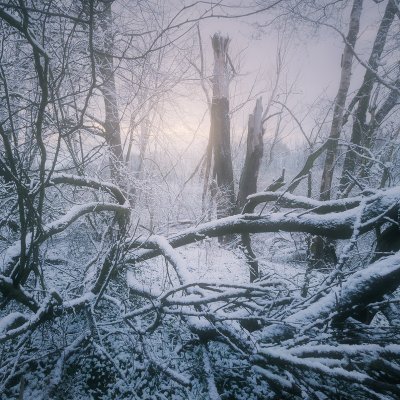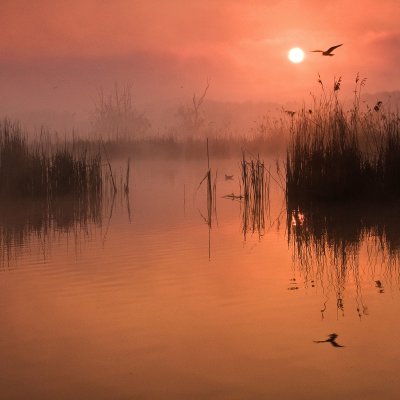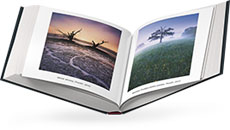,,A great lesson showing you can always create something new from familiar locations or subjects. Who would have thought that a waterlogged and rainy day in the mud could be turned around into this play of water and soil. The transition from light ripples against dark mud cracks to dark ripples against a sheet of light reflection is accentuated by the black and white treatment."
The authors of the book "Natural Landscape - Volume Two" commented on my photograph "Drought" using these words, which, along with photographs from 139 other photographers from around the world, made it into this top publication. The book was created in connection with the Natural Landscape Awards competition, to which I submitted the photograph along with several others last year. The competition aims to celebrate and highlight landscape and nature images captured naturally with minimal post-processing. After seeing the great interest among photographers and the excellent results of the first edition, I decided to participate as well and plan to continue doing so in the future.
Similar to the debates and revisions that have taken place in the past decade regarding photographing and capturing the (female) body, leading to a much richer range of body types and age groups represented, there is now an effort in landscape photography to depict nature in a more authentic way. Personally, I welcome this approach, and supporting this "bottom-up" movement is exactly what photography and nature need the most.
To be more specific, the competition rules, for example, prohibit various creative combinations of multiple images into one, except for merging to expand dynamic range, depth of field, and creating panoramas. It is not possible to use the popular technique of combining images taken over an extended period of time (such as hours or more for capturing night landscapes) or with different focal lengths. Additionally, digitally adding or subtracting anything from the photograph (except for sensor dust) is not allowed. Once the images reach the finals (which happened with several of my photographs this year), the author must submit unedited RAW files to verify the authenticity of the adjustments. Therefore, highly saturated or tonally altered images do not have a good starting position for success in the competition. Not all the photos in my portfolio on this website meet these strict criteria. Sometimes, intentionally, in an effort to highlight a particular place and light, I use a wide range of adjustments offered by today's technology. I do this because I want to make the wild nature more appealing to the average viewer. Higher saturation and a striking presentation of a photograph often attract more interest and attention, which I see as a positive thing for the protection of nature, landscapes, sustainable tourism, and the development of local economies. Landscape photography has now become a highly individualized travel industry, thanks to various workshops and expeditions. On a personal level, I consider photography to be a great way to spend free time, and I enjoy inspiring others with my photographs. However, it also has its dark side. There have been instances where photographically attractive locations have lost their genium loci or have been damaged due to the influx of photographers and tourists. Additionally, beautifully edited landscapes can lead to creating a false illusion about the state of our nature and landscape, fueling the pursuit of increasingly beautiful and colorful photographs. Along with the development of technologies, including the currently frequently discussed artificial intelligence, it becomes possible to generate a beautiful landscape on a computer and completely suppress the need to go outside and take photographs. Even worse, it may lead to suppressing the need to protect nature.
For the past three decades, our civilization has undergone rapid development, particularly in the virtual world of the internet. It has become detached from nature and wilderness. Our use of nature has been reduced to agriculture, which accounts for only a small percentage of the gross domestic product in the most advanced economies, and leisure activities and tourism. It was completely different just two hundred years ago. The vast majority of people worked in agriculture. Hardly anyone would have thought of climbing the snowy peaks of mountains or going out into nature for sports. Work and life were so harsh for the vast majority of people that nature was probably perceived differently than it is today. It was a place that one had to be cautious of, a source of many inexplicable phenomena and wonders. Apart from the privileged nobility and a few fortunate individuals, no one traveled or embarked on adventurous expeditions or hunts. Natural landscapes are not prominently featured in historical paintings. The further we delve into history, the fewer of them we find. For example, for a Renaissance painter, nature was probably so mundane and banal that they focused more on depicting ancient architecture and religious themes. Most landscape paintings by old masters were created after 1700 and primarily depict the cultural landscape and rural life of that time rather than wild and untamed wilderness. The depiction of wilderness only began to emerge after 1800, alongside the Industrial Revolution. The Industrial Revolution, advancements in science, and the gradual abandonment of old religious and cultural dogmas led to both the exploitation and exploration of nature and landscapes, eventually culminating in reverence. The world of nature and wilderness could become a new deity, perhaps a forgotten one that has always existed and has the potential to appeal to anyone on this planet in the future. Until now, we have created our deities based on our complex social laws and cultural traditions. When I fast-forward through the entire history of humanity to the present, I can't help but reflect on whether there is a democratization of deities taking place. How do today's movie, music, and sports megastars differ from the ancient gods of ancient Greece? Many top doctors can heal similarly to Jesus. Numerous writers and artists have created entire worlds or alternative futures. Leading thinkers and economists can predict possible future developments and be accurate in their projections for the near future. Scientists and physicists are increasingly able to understand the interconnectedness of everything around us in such intricate detail that is difficult to imagine and believe. In its evolution, humanity has been able to explore, exploit, and utilize the natural world to such an extent that humanity itself is slowly becoming its own new deity. And perhaps that is why our world is now so geopolitically unstable and dangerous. Only by setting aside our egos and realizing the unattainable (divine) significance of the natural world can we stop competing, ultimately ceasing to wage wars.
Photography is likely the medium that best captures the rapid development of our civilization over the past 200 years. It could also be a medium that helps us see the world around us in its beauty and grandeur, allowing us to momentarily touch nature in its divine beauty and grandeur and thereby realize our own true significance in the world. That's why the efforts of the authors of the book and the Natural Landscape competition to capture nature in its natural form are commendable and valuable. In fact, in the past second edition, two different authors were announced as winners, rather than just one as usual. When we begin to create nature artificially on a computer, we may develop a false sense that we no longer need it on a physical level. Similarly, we may limit ourselves across all other human disciplines and activities. In the end, we may have no choice but to exploit and enslave nature and our own naturalness. However, I hope that never happens. The world of nature will be crucial for us in solving our various psychological or relationship problems. It will be a place where we will be able to find peace and balance.
I would like to take this opportunity to thank the founders of the Natural Landscape project and congratulate my two Czech colleagues, Michal Krause and Martin Rak, on their success. You can purchase the book here: https://naturallandscapeawards.com/product/natural-landscape-book-2/
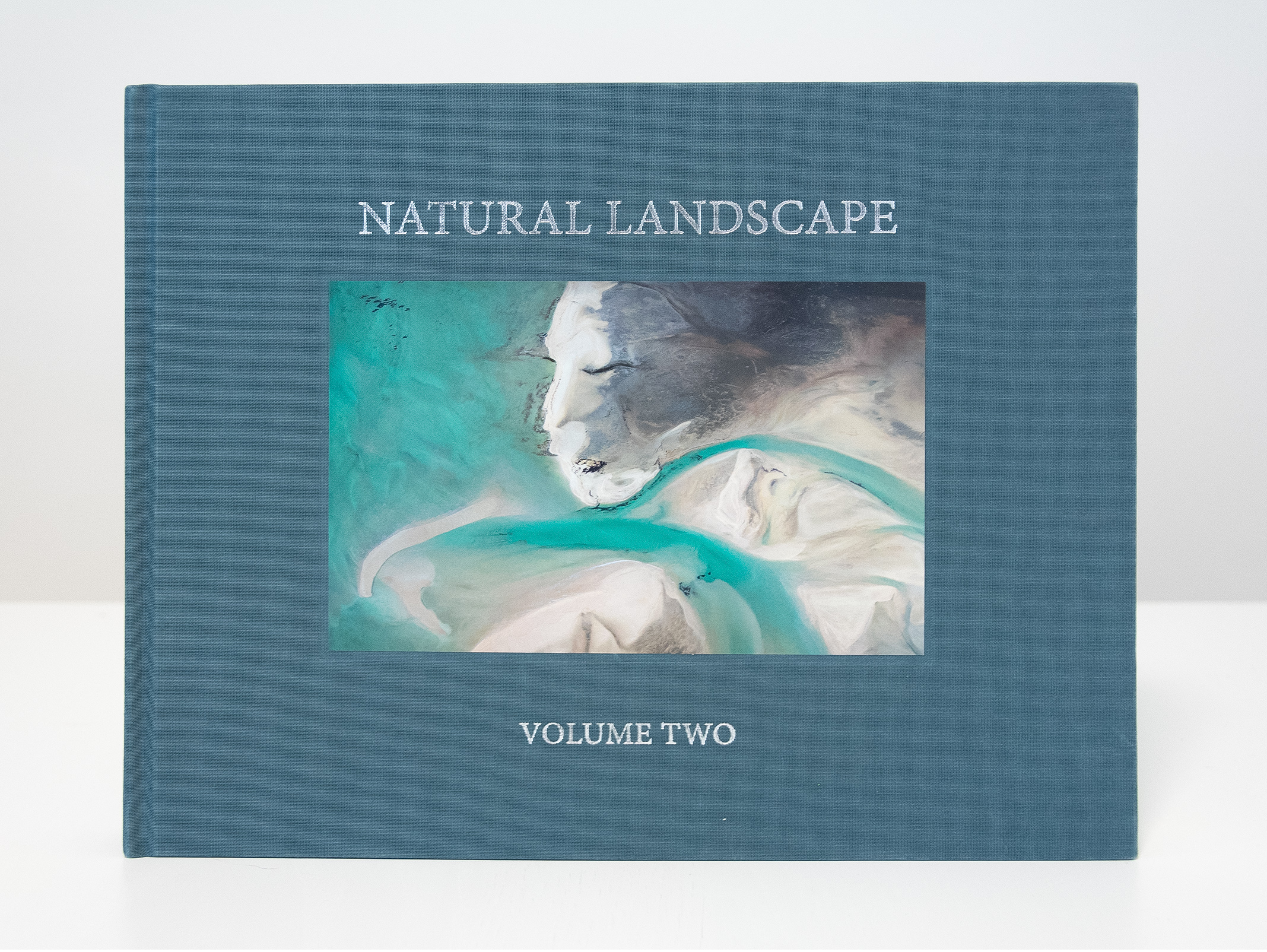
Natural Landscape - cover photo by Mieke Boynton
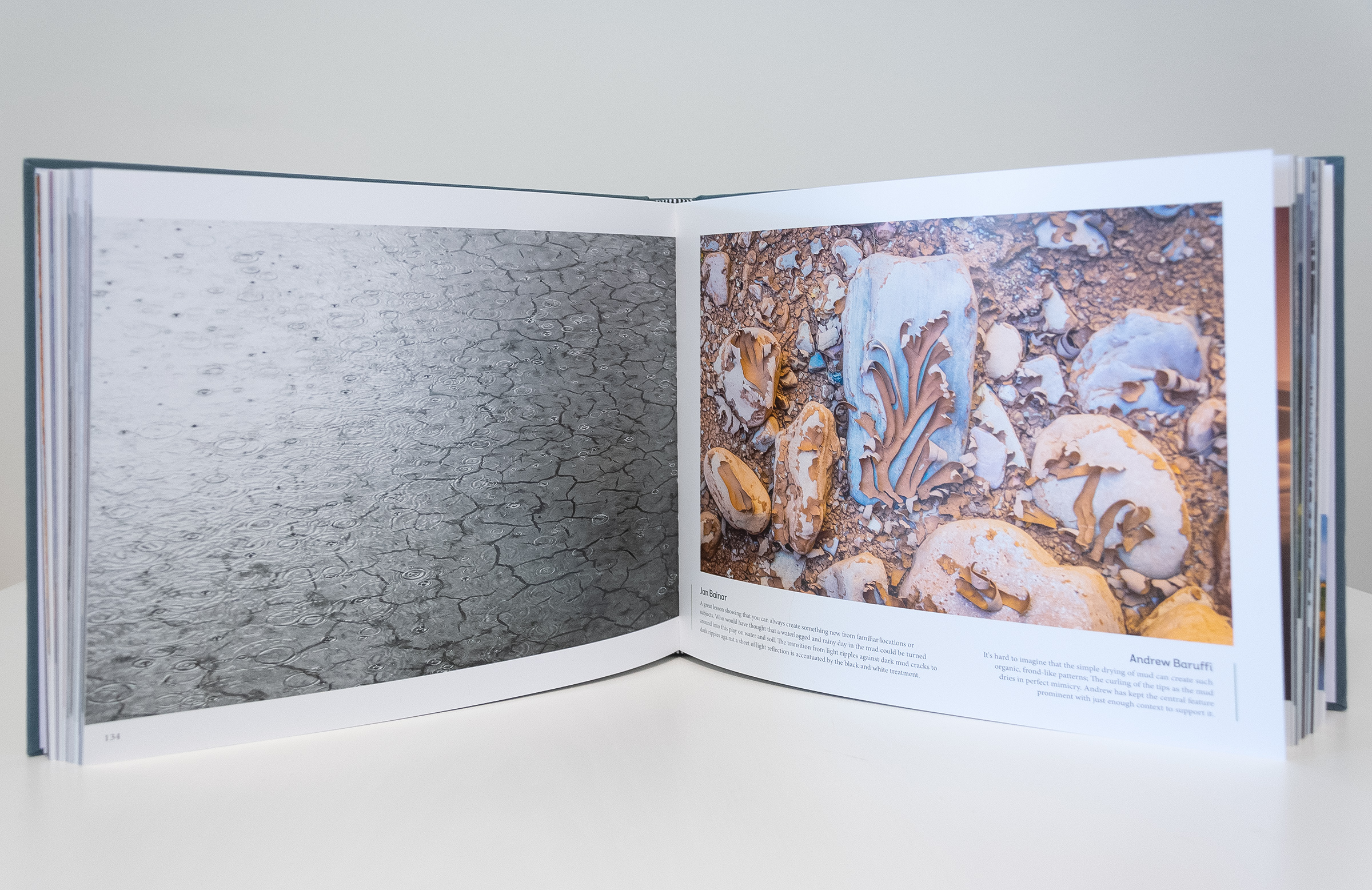
"The photograph 'Drought' is a metaphor for death in landscape detail. It captures the phenomenon when drought is so severe that the land can no longer absorb water. Inspired by the stories of Holocaust survivors who, after liberation, were unable to accept food."
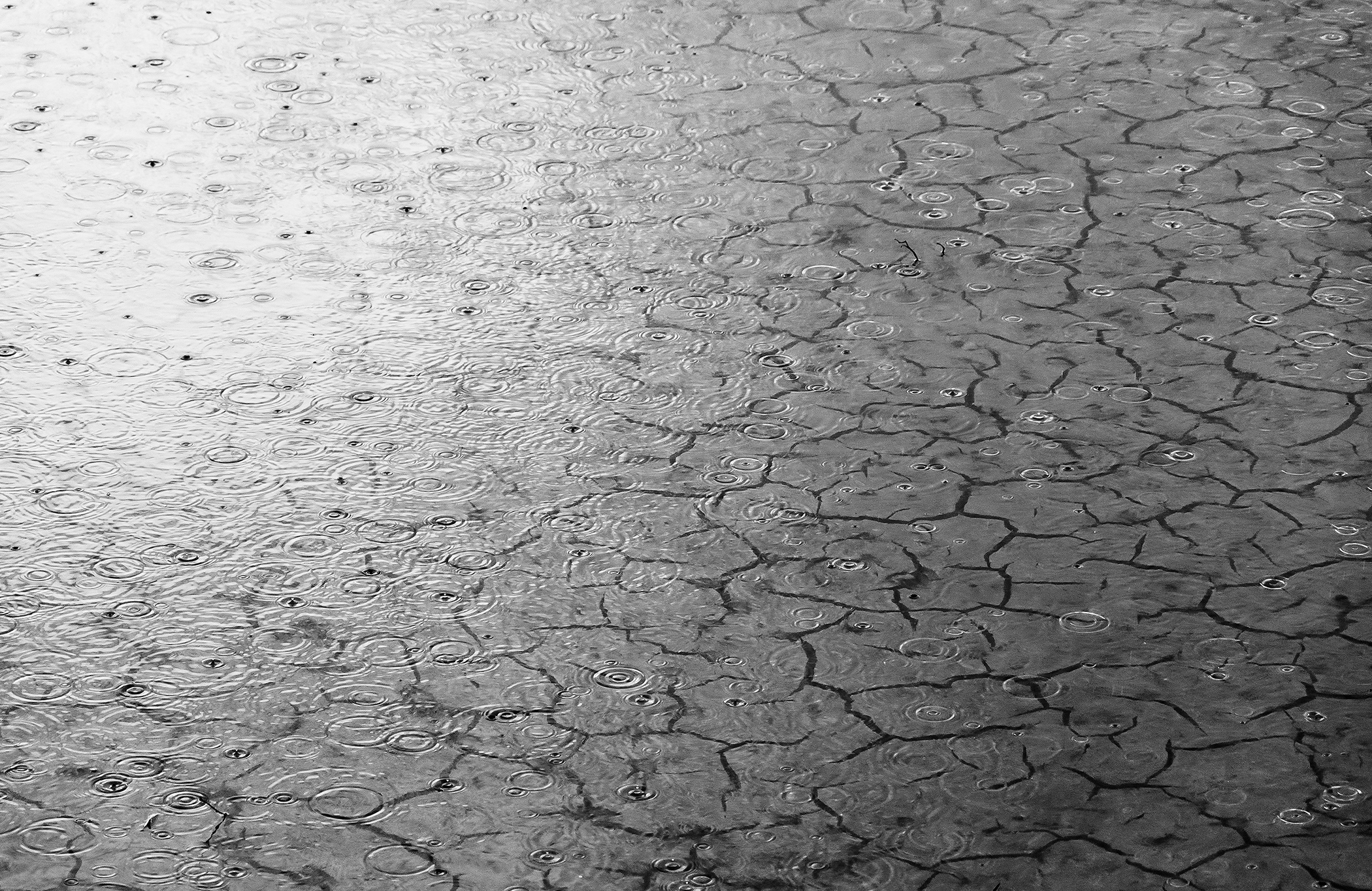
Photography book
LANDSCAPE IN PHOTOGRAPHY
Would you like to see my photos in a book? You can order my book Landscape in Photography.
Price 35 EUR